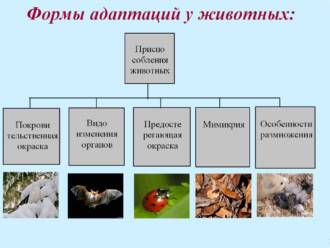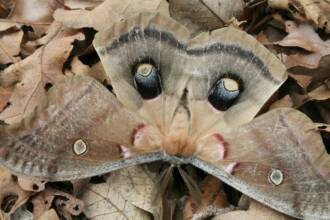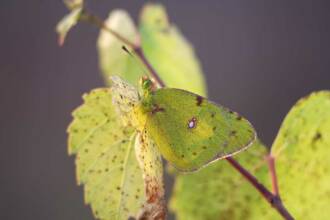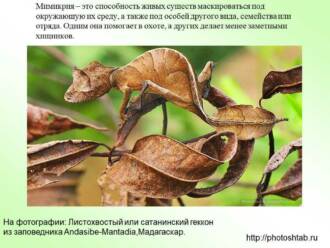
In the natural world, there are many exciting stories about survival and adaptation to various conditions. One of the most amazing of these stories is the story of camouflage and mimicry in butterflies. These gentle creatures skillfully use their appearance to survive in the harsh world of the wild.
Mimicry is the ability of living organisms to disguise themselves as other objects or environments in order to deceive their predators or prey. Butterflies are true masters of disguise. They have a variety of colors and patterns on their wings that help them blend in with their environment and become indistinguishable to enemies.
One of the most famous examples of mimicry in butterflies is leaf camouflage. Some species of butterflies have green-colored wings with veins that make them almost indistinguishable from real leaves. Thanks to this, they can sit quietly on branches and hide from hungry birds and other predators.
Masters of disguise: butterflies and their mimicry

Butterflies are real masters of disguise, able to deceive their enemy and escape from predators. They use various mimicry techniques to blend in with their surroundings and be invisible.
One of the most common ways of mimicry in butterflies is cryptic staining. They can have a variety of colors and patterns on their wings that allow them to blend in perfectly with the background. For example, butterflies that live in the forest often have green and brown hues to hide among the trees and leaves.
Another way of mimicry in butterflies is the mimicry of dangerous species. Some butterflies have coloration that is very similar to that of venomous or predatory species. Thus, they create the illusion of danger and scare off their enemies.
Some butterflies use mimicry to look like other objects. For example, some species of butterflies are colored and shaped like rotting leaves or plant parts. This allows them to hide among the foliage and remain invisible to predators.
Butterflies can also use mimicry to look like eyes or faces. They may have patterns on their wings that resemble the eyes of predators. This creates the illusion of being larger and more dangerous, which scares off potential enemies.
Also, some butterflies use mimicry to look like other species. They may have similar coloration and wing patterns to blend in with existing species in the environment. In this way, they can avoid the attention of predators and increase their chances of survival.
Butterfly camouflage is an important survival mechanism. It allows them to avoid predators and reproduce successfully, ensuring the conservation and diversity of this amazing class of insects.
Camouflage in nature: the importance of survival
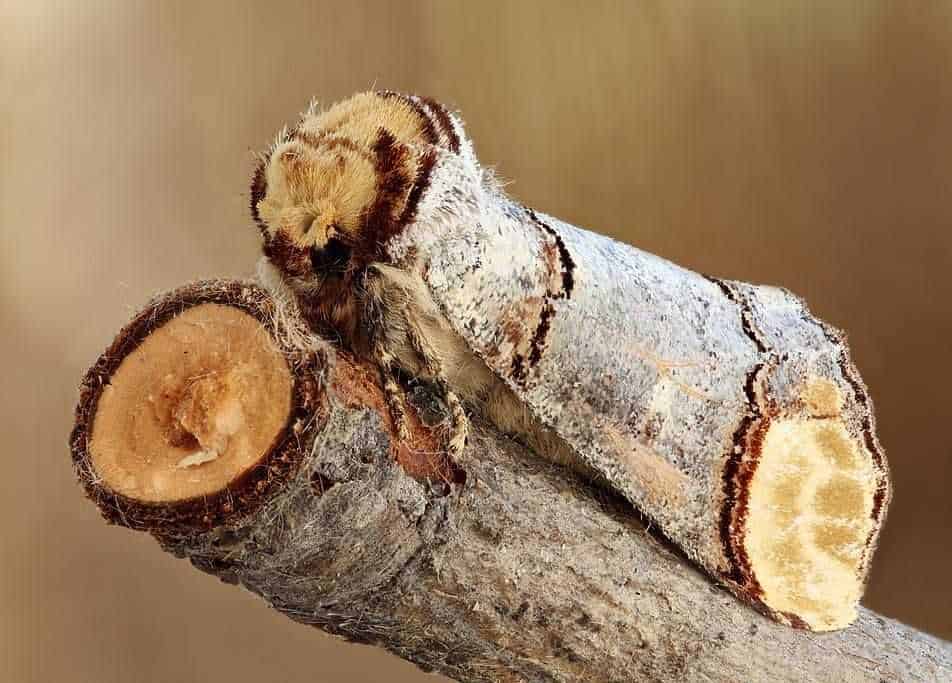
Camouflage is one of the most effective mechanisms that nature has provided for many living organisms to survive. Thanks to the ability to disguise, animals and plants can hide from predators or hunters, as well as adapt to the environment so as not to arouse suspicion or become a victim.
One example of camouflage in nature is mimicking the environment. Some animals may have coloration that is identical to the color and texture of their surroundings. For example, the leaves of tree branches, which are similar in shape and color to the leaves of real plants, can be used by animals to hide from predators.
Another form of camouflage is mimicking other species or objects that may be dangerous to predators. Some animals may have colors and shapes that mimic poisonous or dangerous species. This allows them to scare off predators and not become their prey.
Camouflage can also be used to attract food. Some animals may have coloration and shapes that attract certain types of animals that are their prey. For example, flowers may have colors and scents that attract certain types of insects that act as pollinators.
In general, camouflage plays an important role in survival in nature. It allows living organisms to stay safe, avoid dangers and provide access to food. Through camouflage, many species have been able to survive and evolve by adapting to their environment and fooling their predators or prey.
Butterflies and their unique ways of disguise
Butterflies are some of the most beautiful and amazing creatures in nature. They have a variety of camouflage techniques that help them survive in harsh environments.
One of the most common camouflage methods in butterflies is mimicry. Through this strategy, butterflies can mimic the appearance of other organisms such as leaves, branches, or even birds. This helps them hide from predators and go unnoticed.
Another interesting way of disguise in butterflies is cryptic coloration. They come in a variety of colors and patterns that allow them to blend in with their surroundings. Some butterflies have colors that mimic the colors of the flowers or leaves they inhabit. This way they can easily blend into the background and avoid danger.
Another unique way of camouflage in butterflies is the use of horny outgrowths on their wings. These outgrowths can resemble the eyes of predators, which distracts their attention and contributes to the survival of butterflies. This is an effective strategy for allowing them to avoid attack and escape to safety.
Overall, butterflies have amazing camouflage techniques that help them survive in the wild. They use mimicry, cryptic coloration, and horns to hide from predators and go unnoticed. These adaptations make them one of the most successful creatures in the insect world.
Mimicry: how butterflies pretend to be other creatures
Mimicry is a unique survival strategy used by some butterfly species. They pretend to be other creatures, changing their appearance and behavior to protect themselves from predators and deceive their enemies.
One of the most striking examples of mimicry among butterflies is leaf camouflage. Some species of butterflies have wings that mimic the shape and color of the leaves so that they become almost indistinguishable from the surrounding vegetation. Thanks to this deception, they can easily hide from the eyes of predators and avoid danger.
In addition, butterflies can pretend to be other dangerous creatures. For example, some species of butterflies have brightly colored wings that resemble the eyes of predators or snakes. This kind of mimicry allows the butterfly to scare away its enemies and protect itself from a possible attack.
Some butterflies also use mimicry to obtain food. They can imitate the smell and taste of certain plants in order to attract certain types of insects that are their food source. Through this strategy, butterflies are able to secure a constant source of food and survive in the harsh environment of nature.
Butterflies and their imitation of dangerous animals
Mimicry in the world of butterflies

Butterflies are true masters of disguise. They can skillfully imitate dangerous and poisonous animals to scare off potential predators. This phenomenon is called mimicry and is one of the most effective ways to protect against enemies.
Butterflies can mimic dangerous insects such as wasps, bees, or even tarantulas. They use bright colors, unusual wing shapes, and special patterns to create the illusion of danger and warn predators of their unsuitability as food.
Examples of mimicry among butterflies

One of the clearest examples of mimicry among butterflies is the imitation of a coin turtle. Some species of butterflies have wings with a black and white pattern that is very similar to the tortoise shell that protects them from enemies. This disguise allows the butterflies to avoid being attacked by predators that might mistake them for a dangerous animal.
Another example of mimicry among butterflies is that of venomous wasps. Some types of butterflies have a bright yellow-black coloration, very similar to that of wasps. This helps the butterflies avoid being attacked by predators who prefer not to mess with dangerous insects.
Butterfly defense strategy
Mimicry is a protective strategy of butterflies that helps them survive in the harsh natural world. Through camouflage, they can avoid predation and continue breeding while maintaining their appearance. This phenomenon is amazing and proves how diverse survival strategies exist in nature.
Thus, butterflies and their mimicry of dangerous animals is an amazing phenomenon that allows them to survive and adapt to their environment. Mimicry is one of the most amazing and effective defense strategies in the butterfly world.
Stealth and discoloration: camouflage techniques
Camouflage is one of the main techniques used by butterflies to survive. One of the most effective methods of camouflage is color change. Butterflies can change their color depending on the environment to match it and be less visible to predators.
One way to change color is to use special pigments that can change color depending on the temperature or pH of the medium. In this way, butterflies can adapt to different environmental conditions and become virtually invisible to predators.
Another camouflage technique is the use of different textures and patterns on the wings. Butterflies can have a variety of stripes, spots, or patterns that allow them to blend in with their surroundings. Some species of butterflies can also imitate the appearance of other creatures that are dangerous or unpleasant for predators in order to scare them away and protect themselves.
In addition, some butterflies are able to change their color depending on the time of day. For example, they can be bright and brightly lit during the day, and in the evening change their color to a darker and more inconspicuous one. This allows them to hide from predators that are active at certain times of the day.
The use of camouflage techniques and color change allow butterflies to survive in dangerous conditions and avoid falling into the clutches of predators. Their ability to camouflage and protect themselves has made them one of the most successful and adaptable creatures in the natural world.
The evolution of mimicry: how butterflies develop their abilities
Mimicry is a unique survival strategy that certain species of butterflies have developed. They are able to mimic the environment or other dangerous animals to avoid enemies and increase their chances of survival.
One of the most famous examples of mimicry is butterflies disguising themselves as leaves or branches. They have a special coloration and wing shape that allows them to blend in with their surroundings. Such butterflies are almost impossible to notice against the background of trees or plants, which makes them invisible to predators.
Another type of mimicry used by butterflies is to imitate other dangerous or repulsive animals. Some species of butterflies have bright colors and patterns on their wings that resemble dangerous predators or poisonous animals. This allows them to scare off potential enemies and defend themselves from them.
The evolution of mimicry in butterflies occurs gradually. Those individuals that have better camouflage or imitation are more likely to stay alive and pass on their genes to the next generation. Thus, over time, butterfly populations become more and more effective in using mimicry to protect themselves.
Mimicry is a great example of how living organisms can adapt to their environment and develop new survival strategies. Butterflies have demonstrated that they are able to use their coloration and wing shape to deceive predators and increase their chances of survival. This is a vivid example of evolution and adaptation in the animal kingdom.
Defense against predators: mimicry and survival
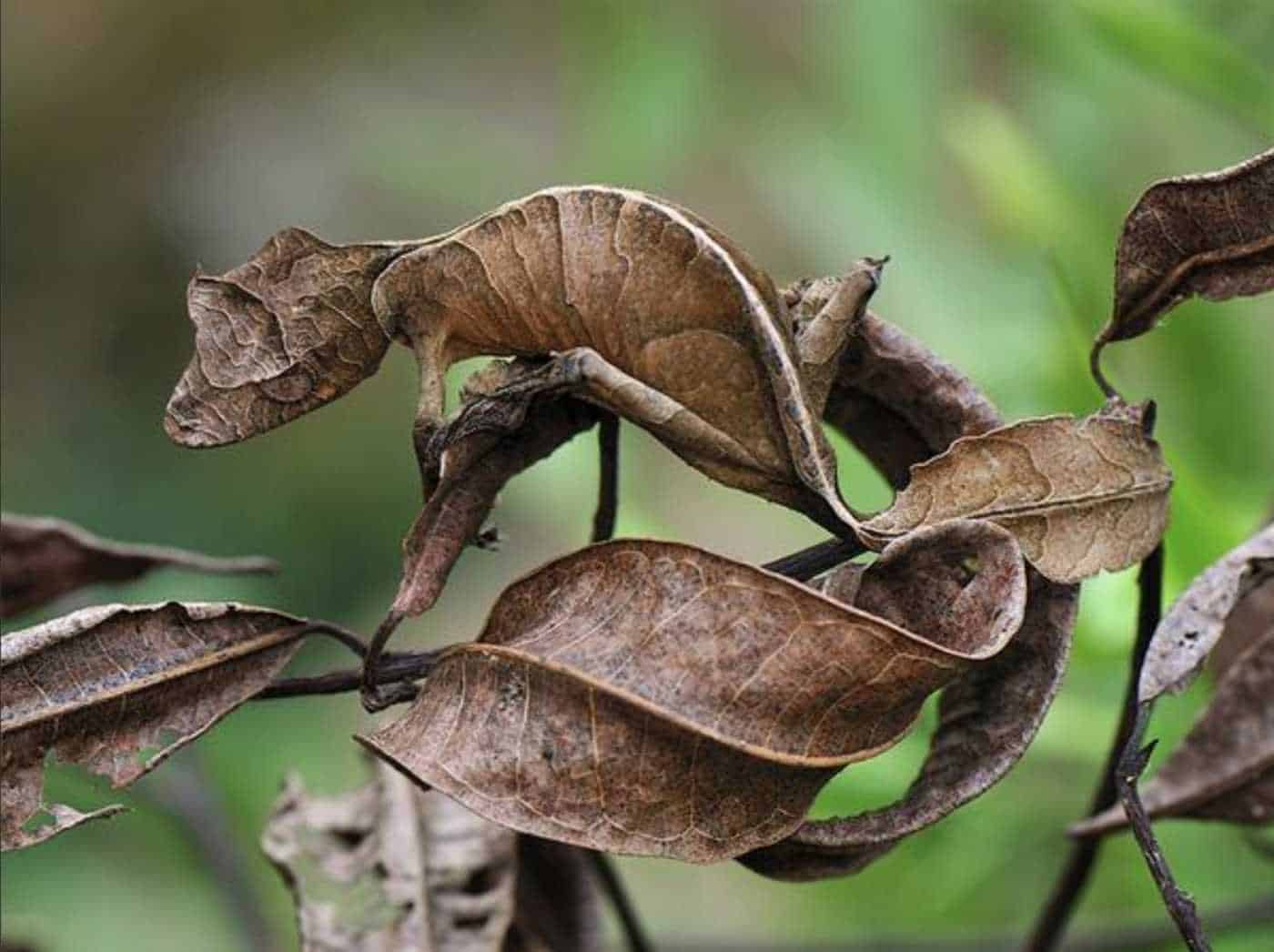
In the animal world, there are many ways to protect yourself from predators. One of the most effective methods is mimicry. Mimicry is the ability of animals to blend into their environment by mimicking its colors, shapes, or textures.
Mimicry can be of two types: passive and active. Passive mimicry involves the animal having an appearance similar to another object or environment. For example, some insects have a coloration similar to the colors of leaves or tree bark, which allows them to remain invisible to predators.
Active mimicry, in turn, involves the use of movements, sounds, or smells to imitate other animals or the environment. For example, some butterflies mimic the look and movements of venomous species to scare away predators and protect themselves.
Mimicry is one of the key survival factors in the natural world. Thanks to the ability to disguise and deceive, animals can avoid danger and go unnoticed. This allows them to maintain their lives and continue to reproduce, ensuring the survival of the species.

